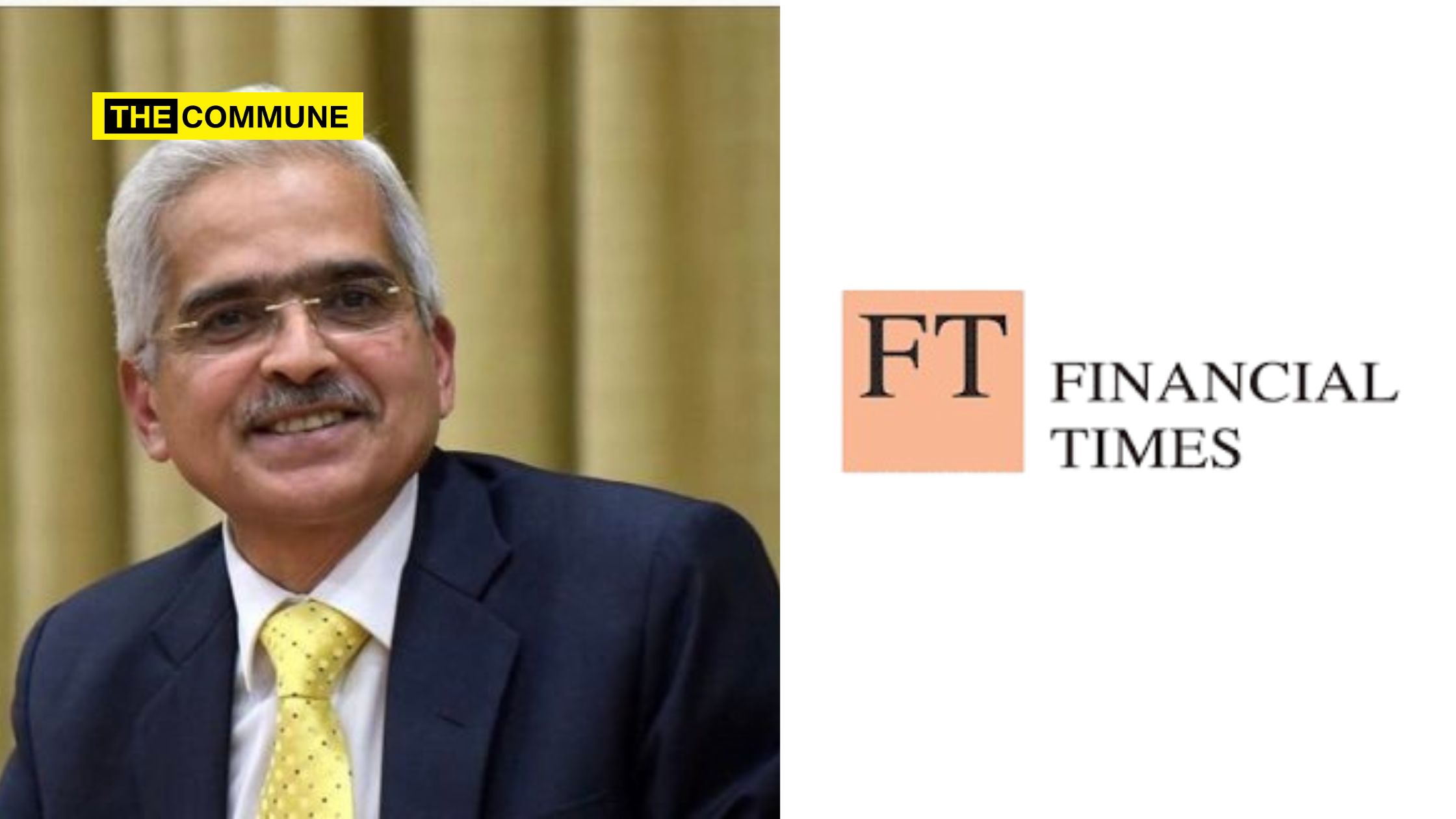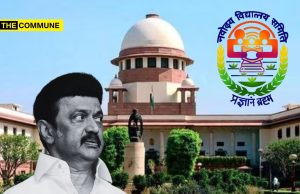
In its recent coverage of the leadership change at the Reserve Bank of India (RBI), Financial Times framed Shaktikanta Das’s departure as though he was “fired” due to slowing economic growth and rising inflation. However, this narrative misrepresents the facts: Das was not dismissed but completed his two terms, the maximum tenure allowed for any RBI governor. This attempt to sensationalize the story undermines the significant contributions made by Das during his six-year tenure.
A Tenure Of Crisis Management And Stability
Das, who took charge in 2018 amidst strained relations between the RBI and the government, successfully steered the institution through numerous challenges. From resolving the IL&FS crisis to stabilizing banks like Yes Bank and Lakshmi Vilas Bank, he tackled critical financial threats without causing systemic instability.
His tenure was further marked by adept handling of the COVID-19 economic crisis. Das implemented targeted liquidity measures, ensuring the smooth functioning of banks and markets during unprecedented lockdowns. These efforts helped India achieve three consecutive years of over 7% GDP growth—a remarkable feat considering the global economic disruption caused by the pandemic.
Das’s approach to inflation was far from “hawkish” as described by FT. While CPI inflation occasionally breached the 6% upper limit, he managed to navigate these pressures deftly, using verbal interventions and strategic policy adjustments. During the pandemic, when inflation data collection was compromised, Das skillfully questioned its reliability, ensuring that the RBI had room to maneuver without breaching its inflation-targeting mandate.
Das used periods of economic stability to fortify India’s banking system. He introduced reforms to enhance risk capital for unsecured loans, pushed for better provisioning for infrastructure projects, and strengthened financial accounting standards. Beyond these, Das was a pioneer in digital banking, overseeing the launch of India’s central bank digital currency and expanding the role of UPI in digital lending.
Far from being a dismissed governor, Das leaves the RBI with accolades from global financial communities. He was named the “Best Central Banker” for two consecutive years, recognising his balanced approach to monetary policy and his ability to innovate in financial regulation.
The Financial Times report neglects the critical detail that Shaktikanta Das served two full terms—the maximum any RBI governor can serve and has served. This cap is not unique to Das; it applies to all governors as per institutional norms. His six-year tenure is the second-longest in RBI history, underscoring the government’s trust in him to lead during turbulent times.
FT undermines Das’s significant achievements by implying he was removed due to policy disagreements or economic challenges. The truth is that Das leaves behind an RBI that is stronger in resilience, innovation, and global reputation. His departure is not a dismissal but a culmination of a successful tenure that respected institutional norms.
The role of an RBI governor demands much more than interest rate adjustments. It requires a vision for stability, growth, and modernization—traits Das exemplified throughout his tenure.
(With inputs from Money Control)
Subscribe to our channels on Telegram, WhatsApp, and Instagram and get the best stories of the day delivered to you personally.




